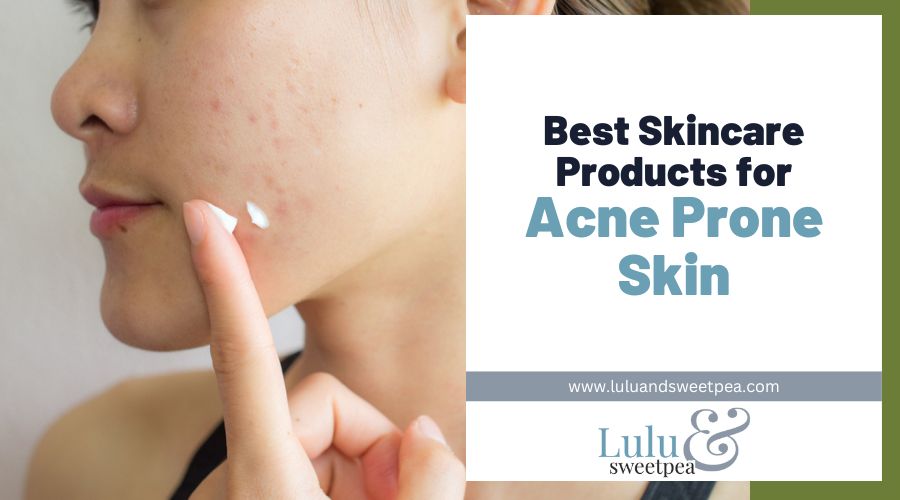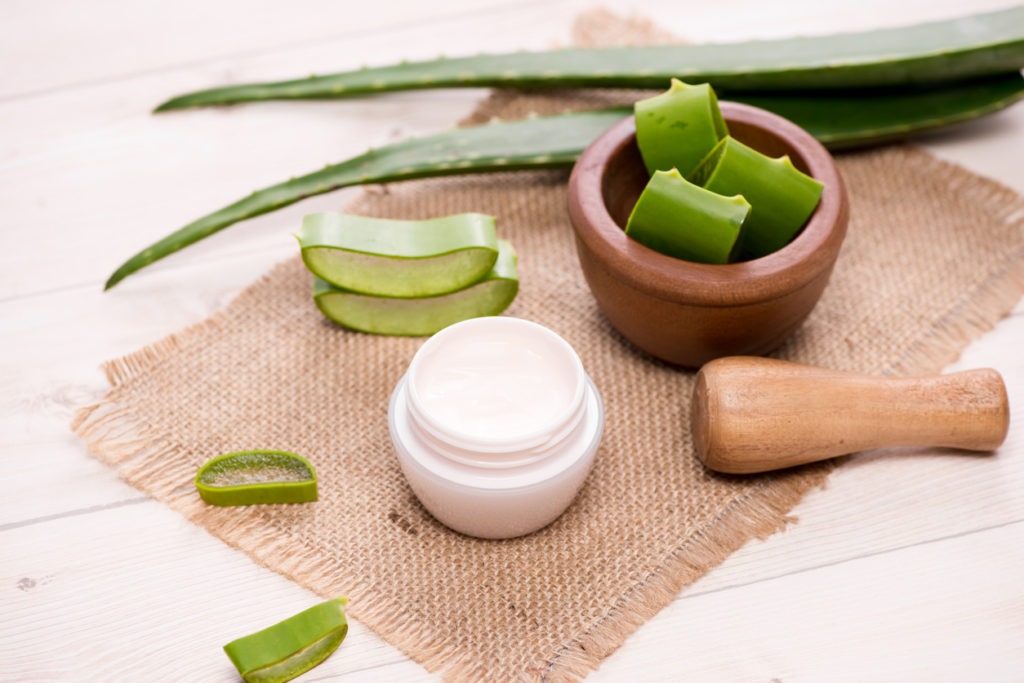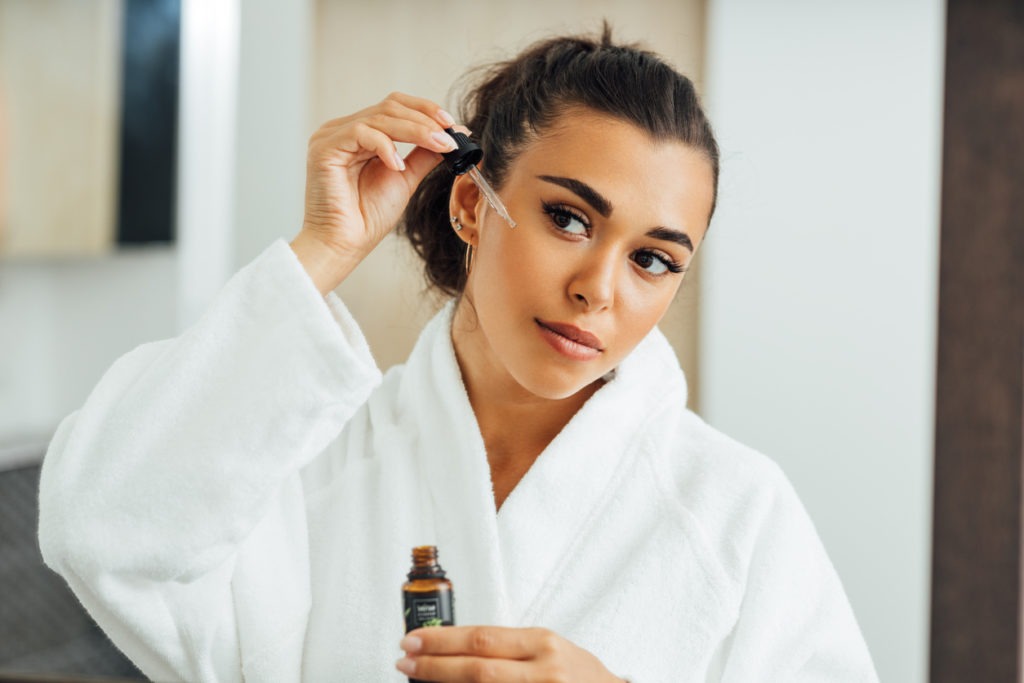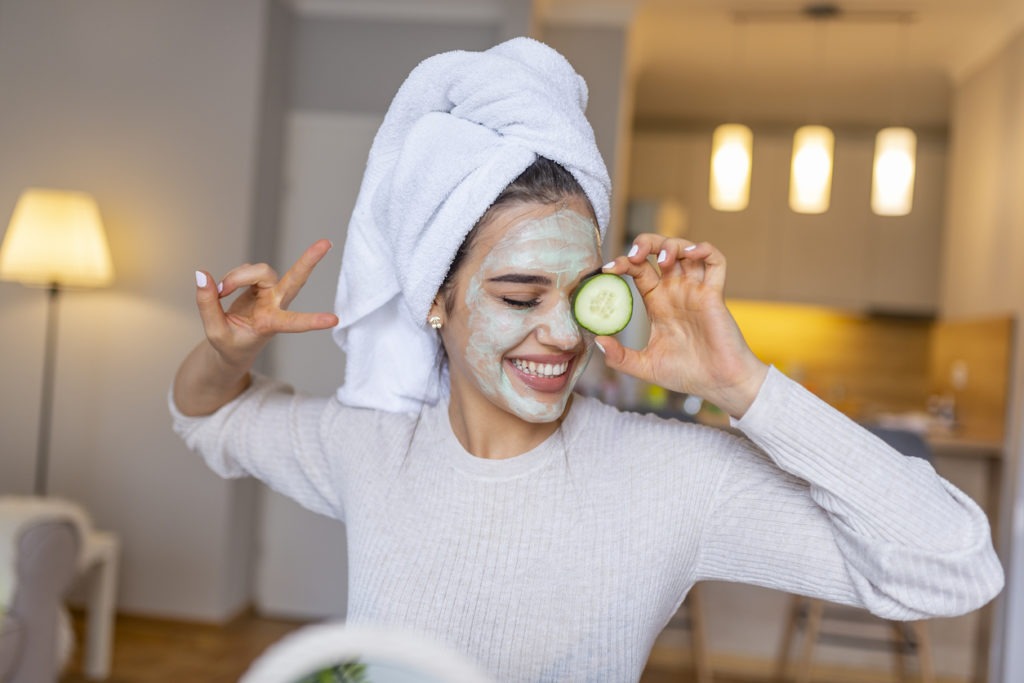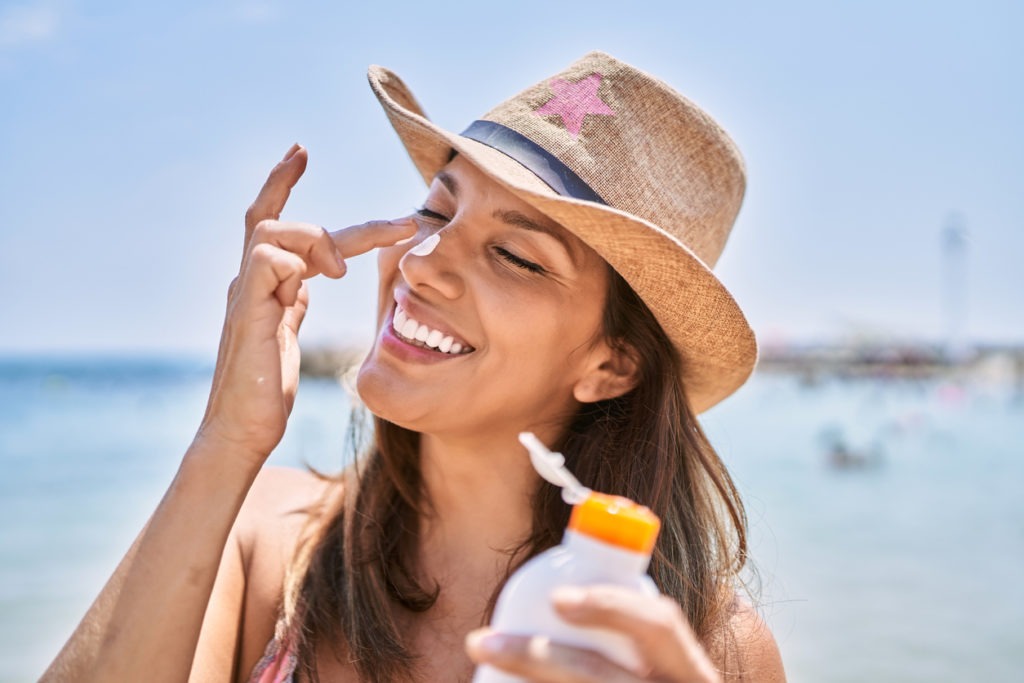Acne is difficult to manage at any age, but if your skin is prone to breakouts, you may discover that the uphill struggle feels even more daunting. Cystic acne, hormonal outbreaks, blackheads, closed comedones, and whiteheads are just a few of the acne forms. Because of this, it is essential to find a dermatologist who can determine the cause of your acne and devise effective treatments.
In this article, we’ll help you create a new routine by providing a list of the best substances that can reduce skin redness, inflammation, and discoloration, tested effectively by dermatologists. You may put your best face forward without spending your entire paycheck, as there are options at every price point.
What are the most effective skincare components for acne-prone skin?
Dermatologists have singled out salicylic acid, benzoyl peroxide, adapalene, and azelaic acid as four essential components in the fight against acne. Prescription versions of these exist for more severe cases of acne, but you can find similar chemicals in many OTC treatments.
Alpha hydroxy acids (AHAs) and beta hydroxy acids (BHAs) are two additional acne-fighting chemicals commonly available in over-the-counter medications. These substances “help with clogged pores like blackheads and can promote the top layer of dead skin cells to shed,” according to Dr. Mary Stevenson. A dermatologist consultation is advised to learn which products are the safest and most beneficial for your skin.
1. Salicylic Acid
Because of its BHA status, salicylic acid can be used as a chemical exfoliant. The substance “helps shed the top, dead layers of our skin and can help with inflammation,” as stated by Stevenson. “It also helps unclog the pores that cause some acne outbreaks and assist in removing excess oils,” says Dr. Eileen Deignan, a certified dermatologist. Since it has a drying effect, especially on sensitive skin, dermatologists recommend using salicylic acid alternately or a couple of times a week. Furthermore, Lipohydroxy acid (LHA) is a form of salicylic acid that has similar effects on the skin, including removing dead skin cells and opening clogged pores and is gentler and less irritating.
2. Benzoyl peroxide
Inflammation and lesions on the skin cause acne, and benzoyl peroxide helps limit the growth of the bacteria brought by acne. Dermatologists pointed out that while higher levels of benzoyl peroxide have never been demonstrated to be helpful for acne, many treatments on the market include at least 10% of the chemical. The limited use of benzoyl peroxide levels in skin care products is because higher strengths only irritate the skin more. Therefore, looking for products with a low benzoyl peroxide content is advisable if you are starting the treatment. Moreover, people with sensitive skin or dermatological conditions like eczema or rosacea should not use the substance.
3. Adapalene
Adapalene is a retinoid used to treat acne and blackheads of mild to moderate severity. Adapalene, the first over-the-counter retinoid medication licensed for acne, comes in 0.1% and 0.3% dosages and works by controlling the turnover of cells lining pores to lessen blockage. Because of its skin-drying properties, adapalene should be used in conjunction with an oil-free moisturizer and a mild cleanser, as advised by dermatologists.
4. Azelaic acid
Azelaic acid, like salicylic acid and adapalene, helps to eliminate clogged pores. Even though it shares many of the same characteristics as salicylic acid, it is less harsh than both of those substances and may be a better choice if you have sensitive skin. For people with darker skin tones, it can also lighten the brown spots left behind by previous acne scars. Azelaic acid can be found in OTC medications at a 10% strength, while it is available in prescription strength at 15% and 20%.
Different Skin Care Products for Acne Prone Skin
1. Cleansers
Salicylic acid, a beta-hydroxy acid (BHA), and benzoyl peroxide, an anti-microbial agent that kills germs, are two breakout-fighting active ingredients to search for in facial cleansers for acne-prone skin. Dermatologist Benjamin Marks, MD, of Northwestern Medicine’s Glenview Outpatient Center, suggests switching between a salicylic acid face wash and a benzoyl peroxide face wash twice daily for the most significant results.
Suppose you have a robust acne treatment plan with serums, exfoliants, or prescription topicals. In that case, you may want to consider a milder solution without aggressive acne-fighting components like tretinoin or Accutane. Niacinamide helps balance skin tone and texture, and vitamin C is an antioxidant that lightens scars and dark spots left by acne over time. Skin barrier protection can be achieved with peptides and ceramides, while irritation and redness can be reduced with relaxing botanicals like chamomile, aloe vera, and green tea.
When choosing a cleanser, select one that is appropriate for your skin type. According to Prince Adotama, MD, a foamy cleanser is best for people with oily skin. While a mild, moisturizing cleanser is recommended if your skin is on the drier side.
2. Scrubs and other exfoliants
Physical and chemical exfoliants are the two main categories for scrubs and exfoliants. Jojoba beads, sugar, and coffee are examples of physically exfoliating compounds. In comparison, mild superficial acids that can exfoliate your skin enzymatically are chemical exfoliants like glycolic, lactic, mandelic, and citric acids, also known as AHAs. Exfoliants can help acne by speeding up cell turnover, making the skin smoother and brighter while removing any clogging debris from the pores. Incorporating exfoliants into your routine should be gradually done. Before utilizing them more frequently, try once or twice weekly. After your skin has developed a tolerance, you can increase the frequency of chemical exfoliants, but physical exfoliants should be used with caution.
When compared to, say, lactic acid, glycolic acid can be mildly more irritating. Therefore, dermatologists recommend glycolic acid to people with oily or acne-prone skin. At the same time, products with lactic acid are recommended for those with more sensitive skin. These exfoliating products are most effective at night after cleansing and are left on the skin overnight. Sunscreen with an SPF of 30 to 50 should be worn every morning, especially if you use an acidic skincare product the night before.
3. Moisturizers
Even if you have oily skin, it is still recommended to use a facial moisturizer, especially if you use retinoids, AHAs, salicylic acid, or benzoyl peroxide in your skincare routine. Dr. Kim believes many people with acne-prone or oily skin use harsh face cleansers, which can remove the oil needed to maintain a healthy skin barrier. Therefore, even if you have oily skin, you should continue moisturizing for added protection.
Moisturizers that are “gel-like” in consistency and extremely lightweight are great options for those with oily or acne-prone skin. Use a more decadent cream at night if your skin is dry from acne treatments and a lighter, oil-free moisturizer in the morning. Hyaluronic acid, beta hydroxy acids (BHAs) like salicylic acid, and niacinamide are all beneficial additions to a moisturizer that helps reduce excess oil production.
4. Serums
Fun times start with a serum! A serum can help your acne and make your skincare routine feel more luxurious, even though dealing with acne can be discouraging and painful at worst and annoying at best. You can tailor a serum to your individual skin care needs because of the potent quantities of its active components. Serum high in vitamin C is essential for controlling hyperpigmentation and leveling out your skin tone because it prevents the skin from producing new melanin. On the other hand, anti-aging AHA serums can reduce the appearance of fine lines and wrinkles, increase collagen synthesis, lighten dark spots, and clear up pores. Salicylic acid and other beta-hydroxy acids can be used to treat and prevent acne. Antioxidants and vitamins are also essential since they make you seem radiant, shield your skin from damage caused by free radicals and environmental stress, and reduce acne inflammation.
5. Scrubs and Facemasks
Treatments like masks, medicated treatments, and spot treatments have some of the most significant concentrations of active ingredients next to serums, making them an integral part of skin care for acne-prone skin. Acne spot treatments, which contain high concentrations of salicylic acid, benzoyl peroxide, or sulfur, are more effective on individual breakouts than on larger areas of the skin. Over-the-counter options like the synthetic retinoid adapalene, designed to be gentler than other prescription acne drugs, are also available. Medicated retinoids are the next step up, and they require a doctor’s prescription. They help treat hyperpigmentation and other scars left behind by acne.
A monthly or biweekly mask treatment can relax while providing your skin with a potent dose of active ingredients to calm any irritation. Kaolin clay and similar substances work marvels to clean up pores and absorb oil. Masks with exfoliating substances like fruit enzymes, AHAs, and PHAs (polyhydroxy acids) can help remove dead skin cells and lighten hyperpigmentation over time.
6. Sunscreen
Many medicines used to treat acne also increase photosensitivity, making it necessary to include a high-quality sunscreen in your skincare routine. An oil-free solution with calming elements that don’t irritate the skin, clog pores, or leave a greasy residue is ideal for acne-prone skin when choosing sunscreen. These sun protection factors contain niacinamide and vitamin C, which reduces breakouts and discoloration; hyaluronic acid, which helps keep the skin hydrated; and mattifying silicones, which allow the product to look less shiny. For everyday use, choose an invisible formula, such as those with chemical filters like avobenzone, homosalate, octocrylene, and octisalate, or transparent zinc oxide. Find an SPF that can withstand water and sweat for use at the beach, in the pool, or while working out.
7. Acne Treatment Patches
In essence, pimple patches are merely single-use versions of hydrocolloid bandages, also known as blister bandages. Pimple patches are helpful for shielding lesions that leak fluid while healing. Some patches are constructed with dissolving microneedles to improve drug delivery, while others include active ingredients like salicylic acid and niacinamide. They all promise to reduce the time it takes for acne to cure and stop any further breakouts. Even though there isn’t much research to back them up, pimple patches are great for preventing you from picking at your pimples.
8. Oils
The use of oils was once frowned upon in the skincare community, but according to Change, even those with acne-prone skin can benefit from oils with a low comedogenic profile. Consider alternatives like jojoba oil, sunflower seed oil, rosehip seed oil, and grapeseed oil. Knowing precisely what is in therapy for acne and zits is a huge benefit of using essential oils. Products like creams, gels, and oils sold in drugstores and pharmacies typically have additives added to them to make them appear a specific way, increase their shelf life, and make them more resistant to the elements during production and transport. Using essential oil for acne treatment reduces exposure to the potentially irritating chemicals in commercial solutions. Essential oils for acne are a quick and easy home cure. Essential oils help treat acne to a growing body of scientific evidence.
CONCLUSION
It’s easy to have good skin. Get eight hours of sleep, eat enough fruits and vegetables, cut back on dairy, and clean, tone, and moisturize your skin. But all of this may be hard to do in real life. When you add in genetics, stress, and, for women, changes in hormones during the time of the month, it can be hard to find days when your skin is clear.
There is hope for people who have breakouts, and another good rule to follow is to always check in with a licensed dermatologist. A good consultation should help you figure out your main skin problems, point you to the right active ingredients, and tell you how to treat them.
With that information and your dermatologist’s help, you can start an acne-fighting routine that will help you get through bad skin days, lighten acne scars, and even stop new breakouts from happening.
Dermatologists pointed out that acne is hormonal and hereditary for adolescents and adults, but adult acne is more androgen-influenced. Typically, adolescent acne responds to therapy, but patients don’t follow the suggested skin care regimen, according to dermatologists.
Applying more skincare products or treatments than advised won’t make your acne go away any faster. Instead, excessive treatment may result in stinging, irritation, and dermatitis, which will worsen the appearance of your acne and hinder its total improvement. Dermatologists believe that blocked pores and bacterial overgrowth are factors in adult acne, so it’s essential to keep up with a face care routine that includes products with chemicals to clear your pores, minimize germs, and maintain the appropriate level of moisture.
